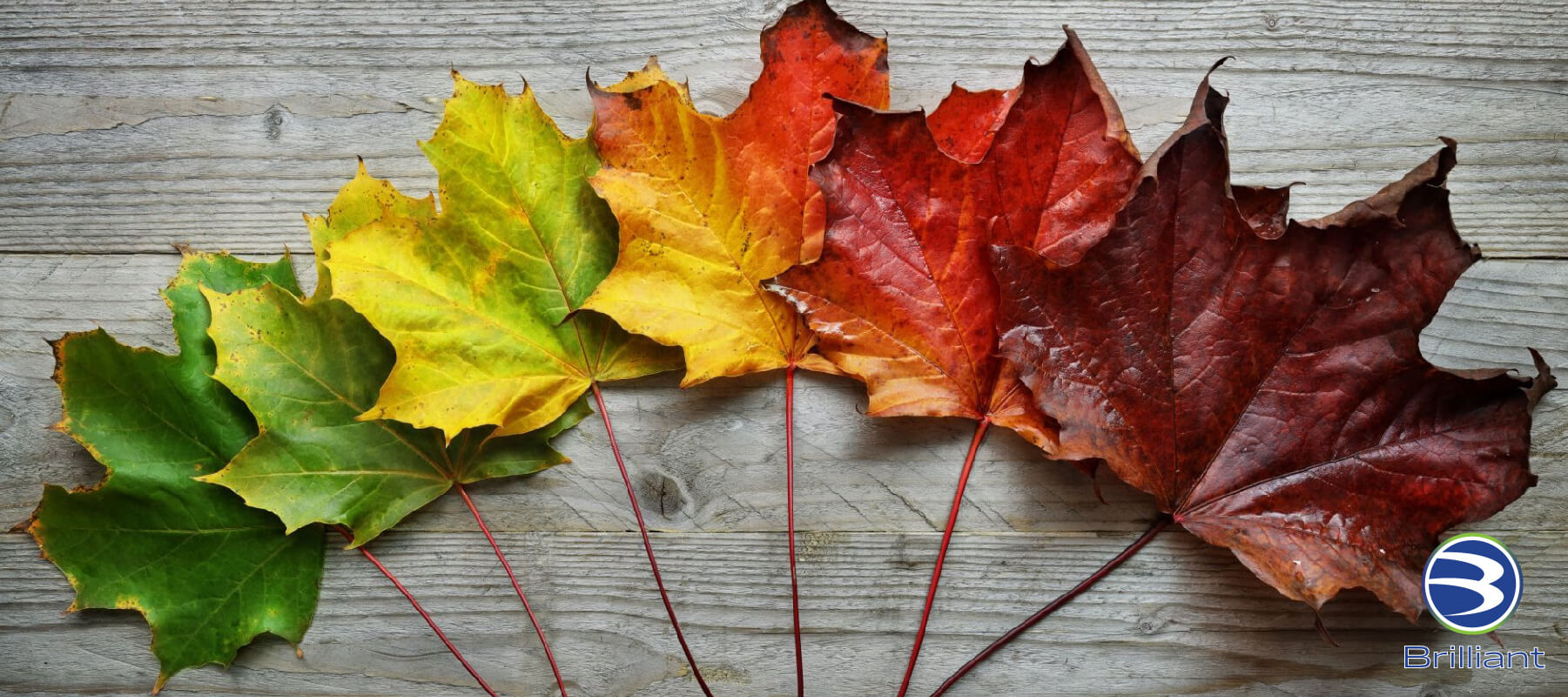- Phone: 1.404.373.4030
- Opening Hours: Mon-Fri 9AM-5PM Eastern

Whether you are the one to stand in line for the first “pumpkin spice” drink or the one who cries while packing up your flip flops, the transition from summer to fall is always an emotional one for most people. The holiday enthusiasts are living the dream and those that dread the holidays are figuring out how to cope for yet another year. So much changes around us as seasons shift. The atmosphere, the weather, the state of plants and animals, and of course the temperature changes. The dictionary defines the word Seasons as – “each of the four divisions of the year (spring, summer, autumn, and winter) marked by particular weather patterns and daylight hours, that are derived from the earth’s position that changes as it revolves around the sun.” Let’s look at how the seasons affect our environment, our bodies and our culture.
As we see the seasons change, a lot is going on that we can’t see. We learned in our science classes that the earth itself is tilted on its axis of 23.5 degrees, and this accounts for how the sun’s rays and energy are distributed throughout the earth’s surface. We all know that the earth orbits around the sun and it takes a total of 365 days for a full rotation. The middle to end of June, usually around June 22, the northern hemisphere is angled toward the sun giving it the closest, most direct amount of heat, light and radiation from the sun. In December, six month later, the southern hemisphere is tilted closest to the sun, and the northern hemisphere is farthest away bringing us the beginning of winter in the northern hemisphere. From summer to fall and from fall to winter the change in the sun’s position directly affects temperature, plants, animals and humans alike. A lot of plant life doesn’t grow or flourish during fall and winter. Many animals hibernate during these months, and some humans would prefer to hibernate as well!
An interesting study was done in Belgium on adults that were kept inside during all four seasons to see how their brain adapted to the change. In the summertime their brain was at the highest level of activity and in the winter was the lowest level of activity. The answers the test subjects gave were still the correct answers, but during the fall and winter time the brain uses more memory recall, whereas in the summer the brain was fully active. The scientists also found that mood, metabolism, human gene activity and immune system activity also change during the different seasons. This is not a huge surprise to us, we are very aware of the change in our moods and bodies.
Personally, I love the fall! It’s my favorite season of all. Temperatures cooling down, colored leaves, warm clothes, the road to Thanksgiving and Christmas, my favorite holidays. Being a cold weather enthusiast you would expect my excitement for these seasonal changes. But I know cold temperatures and the holidays are hard for many people and it causes many a serious struggle with depression. It is a real condition and it’s called Seasonal Affective Disorder (SAD). Some doctors think SAD is caused by the change in light levels outside. It can be treated with light therapy and sometimes with medication. Part of SAD and those that struggle this time of year can be attributed to Daylight Saving Time and how it means more daytime without sunlight. Sunlight is a primary source of vitamin D and lack of vitamin D can cause depression. Loss of loved ones make the holidays hard for some, while families that have tension and issues can also make the holidays not quite so joyful. If you are one that struggles this time of year, you might want to bring up SAD and talk about the subject with your doctor.
You can’t make it through one season these days without media, advertisement, and stores shoving the next season at you, months before it’s arrival. Halloween candy pops up on July the 5th, Christmas decorations start showing up before Labor Day and Valentine’s decor makes an appearance before New Years is over. That’s enough to give anyone anxiety! The key to enjoying EACH season is to find a few things you like about that season and focus on and enjoy those things and don’t let the stressful parts overwhelm your thoughts. Fall has so many wonderful things to offer. The trees turn beautiful shades of red, yellow, and orange, apples are in their best season, bright orange pumpkins make their grand entrance and there’s a cool, crisp breeze that blows as you enjoy these perfect gifts of this new season. So, no matter what season is your favorite, live and enjoy the one that is upon you, for they all return sooner than you realize. Open up the bins with your favorite sweaters, pull your favorite scarves out of the drawer and dust off your jackets. Fall is almost here, and she promises to bring some authentic beauty, and we could all use a touch of that right now!
© 2020 Compac Industries. All rights reserved.
This article is intended to provide an understanding of and knowledge about “health topics” as expressed through the perspective and research of the author. It is not intended to be a substitute for professional advice or counsel, including the diagnosis or treatment of any condition. Always seek the advice of your qualified healthcare provider with any questions you may have regarding a medical condition, illness or treatment of any listed or non listed situation above. By using this site, you signify your assent to our Terms and Conditions.
Sources:
https://www.huffpost.com/entry/brain-activity-seasons-study_n_56ba26ffe4b0b40245c42d6a
https://www.nationalgeographic.org/encyclopedia/season/


DISCLOSURE: Noelle Copeland RDH is an Oral Care Specialist and Dental Consultant who provides content

DISCLOSURE: Noelle Copeland RDH is an Oral Care Specialist and Dental Consultant who provides content

We believe that all people are fearfully and wonderfully made and designed in the womb for a grand purpose.
Useful Links
Copyright © 2023 Compac Industries | All Rights Reserved.